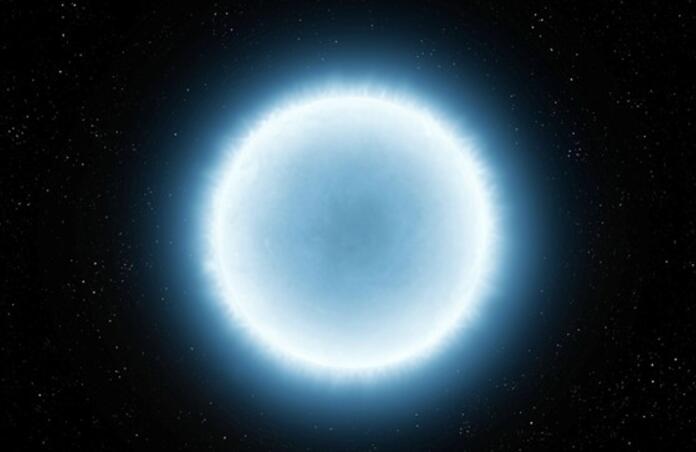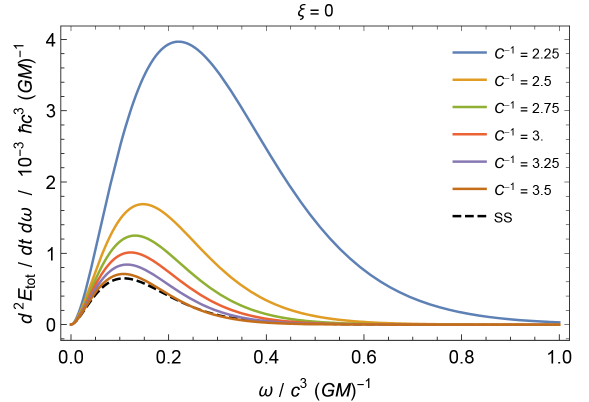Re-evaluating the Fate of the Matter in our Universe

White dwarfs (WDs) represent the final evolutionary stage of low- and medium-mass stars, the inert remnants of red giant cores. Unable to sustain nuclear fusion, they slowly radiate away their residual thermal energy in a faint glow. As a consequence of their high density and low surface area, this cooling process is exceptionally gradual. Over timescales of ~10²⁰ years, WDs are predicted to cool to the ambient temperature of the cosmic microwave background, becoming cold, dark stellar remnants known as black dwarfs.
Classically, this is their fate. However, theoretical studies that incorporate quantum effects could predict one final event to occur on unfathomably long timescales, approaching 101100 years. Randomly occurring tunnelling processes could initiate a so-called pycnonuclear fusion, triggering a spontaneous nuclear detonation and scattering the star’s mass into what remains of the interstellar medium. Such events, though speculative, represent the last energetic phenomena to occur in a dead universe.
However, a new study suggests that WDs, and all forms of matter, may be susceptible to a far more efficient mechanism. When this effect is considered, WDs could evaporate in as little as 1078 years. This phenomenon is analogous to the eventual evaporation of black holes through Hawking radiation. A commonly presented heuristic is to imagine virtual particle-antiparticle pairs constantly popping into existence throughout space. Usually, these pairs quickly annihilate each other and vanish, but if this process were to occur along an event horizon, one particle would not be allowed to cross this boundary, and so the other is free to escape as radiation.

In 2023, M.F. Wondrak et al released their discovery that gravitational pair production, the process that leads to Hawking radiation, does not necessitate an event horizon. This latest study now aims to quantify this process by evaluating the timescales this effect to lead to the evaporation of a body. They do this by modelling a central object as a non-rotating sphere with constant density, surrounded by curved space described by general relativity. By using a simplified quantum field theory, they can calculate the rate at which particle-antiparticle pairs form and either escape as radiation or get absorbed by the object.
The study finds that the rate of energy loss scales primarily with the object's mass and density, following the relation γ∝Mρ-3/2 Interestingly, because the rate increases with mass, the total evaporation timescale ends up being independent of mass. Instead, it depends only on the density as τ ∝ρ-3/2.

Future research will contextualise this discovery in how it relates to the longstanding information paradox. Now that gravitational pair production is understood as a more general phenomenon, not limited to black holes, it must be examined with the same rigor. Like Hawking radiation, this process appears to challenge the principle of information conservation, as remains unclear whether, or how, information is preserved during the evaporation of compact objects. Although the question remains unresolved, the broader applicability of this mechanism may offer new opportunities to address the paradox in a wider range of physical systems.
--
Journal Source: H. Falcke et al, An upper limit to the lifetime of stellar remnants from gravitational pair production, (2025), arXiv: https://doi.org/10.48550/arXiv.2410.14734
Cover Image Credit: phys.org
